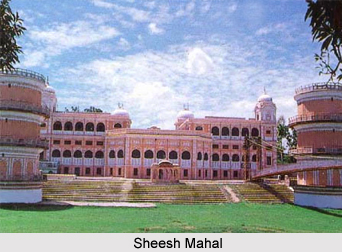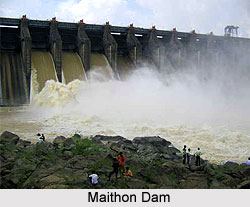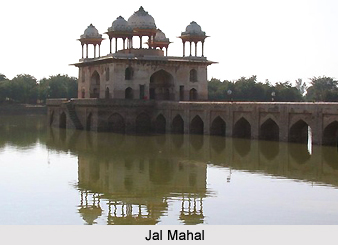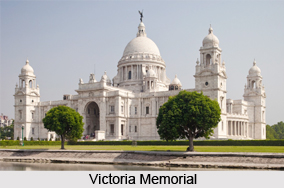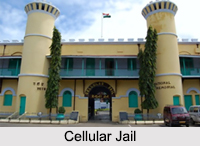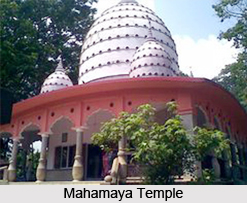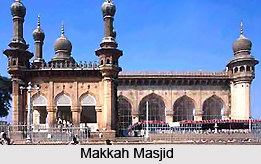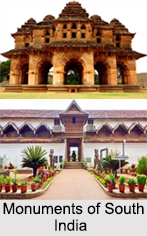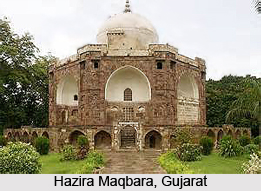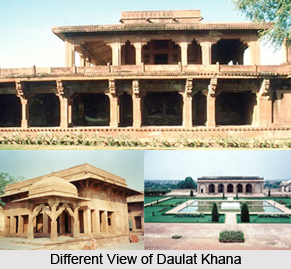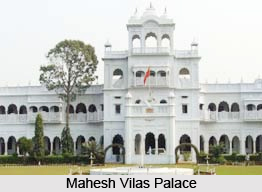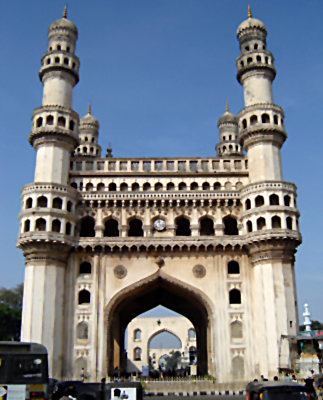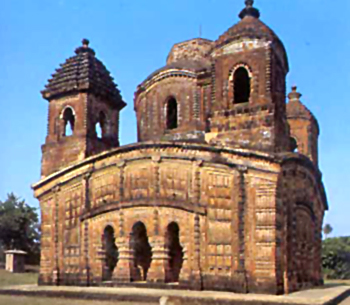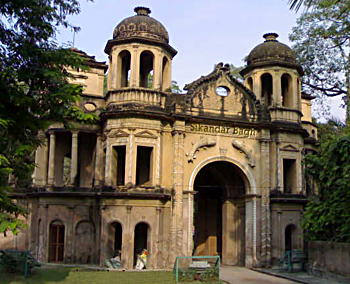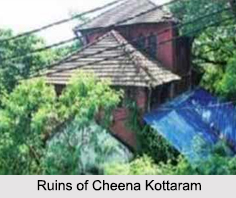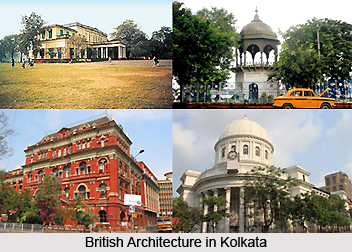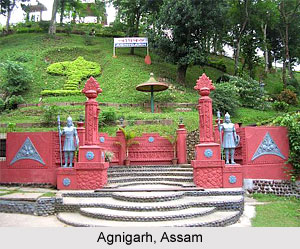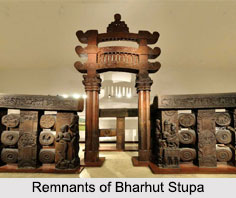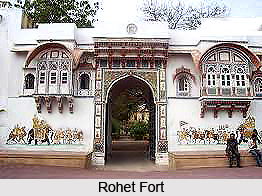 Rohet fort is an embodiment of architectural splendour having an invigorating aura of its own. The fortified village, known as Rohet, located at about 40 kilometres from Jodhpur houses the fort. The place forms an alluring tourist destination and invites the tourist to experience the vibrant culture and tradition of the state. Colourful village safaris in Rohet provide a wonderful tour around the town with intriguing activities including culinary workshops. Rohet is also famed as the `Evergreen Oasis in the Desert` owing to its semi dessert atmosphere and the ambience which sketches the royal era adorned with vivid colours and opulence.
Rohet fort is an embodiment of architectural splendour having an invigorating aura of its own. The fortified village, known as Rohet, located at about 40 kilometres from Jodhpur houses the fort. The place forms an alluring tourist destination and invites the tourist to experience the vibrant culture and tradition of the state. Colourful village safaris in Rohet provide a wonderful tour around the town with intriguing activities including culinary workshops. Rohet is also famed as the `Evergreen Oasis in the Desert` owing to its semi dessert atmosphere and the ambience which sketches the royal era adorned with vivid colours and opulence.
Features of Rohet Fort
The fortified town of Rohet was the home to the descendants of Thakur Dalpat Singh I of 16th century belonging to the Champawat clan. The fort was constructed in 16th century and is the testament of magnificent Rajput architecture. The fort stands on the bank of a lake and exhibits arched gateways which lead to a central compound. In fact every room of the fort opens to this compound. The fort campus manifests remarkable peace and serenity amidst the manicured gardens and sprawling lawns. Dancing peacocks and chirruping birds makes the place even more inviting.
Rohet Fort as Heritage Hotel
In January 1990, Rohet fort was renovated into a splendid heritage hotel. It is also the family home of the erstwhile ruling family, Singh family, who personally welcome the visitors and travellers to the hotel. The traditional decor and marvellous interiors of the fort has been kept intact and still features the ancient mementos, paintings and carved furniture. It houses 34 elegantly embellished rooms which provide an exquisite amalgamation of aesthetics and luxury. The dining hall is gracefully adorned with a number of antiques including trophies, tiger skins, daggers, shields and hunting rifles. It also houses a large swimming pool having four enchanting pavilions offering a refreshing splash at any time of the day. Poolside dinner is another attraction which is accompanied by folk music. Serene verandahs, beautiful lounge and spacious terraces offer spellbinding views of the Great Thar Desert manifesting a distinct charm. The fort is also famed for its finest kitchens in traditional cuisine.
